2,953cc SOHC V-12 Engine Triple Weber Dual-Choke Carburetors 240bhp at 7,000rpm 4-Speed Manual Transmission with Overdrive Independent Front Suspension - Live Rear Axle 4-Wheel Disc Brakes *Exceptional example in factory color *Participant in multiple Concours events *Ferrari Classiche Certified, FCA Platinum award winner *Documented by Ferrari historian Marcel Massini THE 250 GT SERIES II CABRIOLET By the early 1960s, road car production had ceased to be a sideline for Ferrari and was seen as essential to the company's ongoing stability. Thus the 250, Ferrari's first volume-produced model, was of critical importance, though production of the first of the line - the 250 Europa, built from 1953 to '54 - amounted to fewer than twenty cars. The Europa was superseded by the 250 GT in 1954, the latter featuring a lighter and more compact Colombo-designed 3-liter V12 in place of its predecessor's bulkier Lampredi unit. The power output of the single-overhead-camshaft all-aluminum engine was 220bhp at 7,000rpm. Shorter in the wheelbase (by 200mm) than the Europa, the 250 GT chassis followed Ferrari's established practice, being a multi-tubular frame tied together by oval main tubes, though the independent front suspension now employed coil springs instead of the previous transverse leaf type. A four-speed, all-synchromesh gearbox transmitted power to the live rear axle, while hydraulic drums all round looked after braking. Four-wheel disc brakes arrived late in 1959 and a four-speed-plus-overdrive gearbox arrived the following year. Multiple carrozzerie offered different body styles on the 250 GT chassis, with Scaglietti and Pinin Farina producing elegant open-top Spider and Cabriolet models. Exhibited at the 1957 Geneva Salon, the latter's first 250 GT Cabriolet was snapped up by Ferrari works driver Peter Collins who later had the car converted to disc brakes. After a handful of alternative versions had been built, series production began in July 1957, around 40 Series I Pinin Farina Cabriolets being completed before the introduction of the Series II in 1959. Effectively an open-top version of the Pinin Farina-built 250 GT Coupé, whose chassis and mechanics it shared, the Series II Cabriolet was built alongside its closed sibling until 1962. The overall design followed that of the Coupé, with short nose and long rear overhang, while a more-vertical windscreen provided greater headroom in the generously sized cockpit. As well as the aforementioned improvements to brakes and transmission, the Series II cars benefited from the latest, 240bhp V12 with outside spark plugs, coil valve springs, and twelve-port cylinder heads. The 250 GT was the most successful Ferrari of its time with production of all types exceeding 900 units, of which 202 were Series II Cabriolets. THE MOTORCAR OFFERED This stunning 1960 250 GT Cabriolet Series II, finished in Grigio Fumo over rich Rossa vinyl and leather, is the 58th example produced. Delivered to Carrozzeria Pinin Farina in Turin on June 6, 1960, the chassis 2039GT was completed on August 12th and delivered the next month to Baron Emmanuel "Toulo" De Graffenried's Italauto SA dealership in Lausanne, Switzerland. The cabriolet was fitted with a matching, optional factory hardtop and equipped from new with instrumentation in miles. Not long for Europe, 2039GT was soon sent to Ferrari of California to begin its life in American. The first known owner was Charles Kern of Ayer, Massachusetts, who is understood by the Massini report to have owned the car in the 1970s. On April 18, 1975, William Freeman of nearby Ashburnham, Massachusetts acquired the car and owned it for just over three years before selling it to another nearby Bay Stater, Gerald Martel of Fitchburg, on August 29, 1978. At the time of Mr. Martel's purchase, the car was still recorded to be in its original color. 2039GT finally left New England when it was purchase by James and Rita Condon on July 13, 1985. Noted at the time that the car w
2,953cc SOHC V-12 Engine Triple Weber Dual-Choke Carburetors 240bhp at 7,000rpm 4-Speed Manual Transmission with Overdrive Independent Front Suspension - Live Rear Axle 4-Wheel Disc Brakes *Exceptional example in factory color *Participant in multiple Concours events *Ferrari Classiche Certified, FCA Platinum award winner *Documented by Ferrari historian Marcel Massini THE 250 GT SERIES II CABRIOLET By the early 1960s, road car production had ceased to be a sideline for Ferrari and was seen as essential to the company's ongoing stability. Thus the 250, Ferrari's first volume-produced model, was of critical importance, though production of the first of the line - the 250 Europa, built from 1953 to '54 - amounted to fewer than twenty cars. The Europa was superseded by the 250 GT in 1954, the latter featuring a lighter and more compact Colombo-designed 3-liter V12 in place of its predecessor's bulkier Lampredi unit. The power output of the single-overhead-camshaft all-aluminum engine was 220bhp at 7,000rpm. Shorter in the wheelbase (by 200mm) than the Europa, the 250 GT chassis followed Ferrari's established practice, being a multi-tubular frame tied together by oval main tubes, though the independent front suspension now employed coil springs instead of the previous transverse leaf type. A four-speed, all-synchromesh gearbox transmitted power to the live rear axle, while hydraulic drums all round looked after braking. Four-wheel disc brakes arrived late in 1959 and a four-speed-plus-overdrive gearbox arrived the following year. Multiple carrozzerie offered different body styles on the 250 GT chassis, with Scaglietti and Pinin Farina producing elegant open-top Spider and Cabriolet models. Exhibited at the 1957 Geneva Salon, the latter's first 250 GT Cabriolet was snapped up by Ferrari works driver Peter Collins who later had the car converted to disc brakes. After a handful of alternative versions had been built, series production began in July 1957, around 40 Series I Pinin Farina Cabriolets being completed before the introduction of the Series II in 1959. Effectively an open-top version of the Pinin Farina-built 250 GT Coupé, whose chassis and mechanics it shared, the Series II Cabriolet was built alongside its closed sibling until 1962. The overall design followed that of the Coupé, with short nose and long rear overhang, while a more-vertical windscreen provided greater headroom in the generously sized cockpit. As well as the aforementioned improvements to brakes and transmission, the Series II cars benefited from the latest, 240bhp V12 with outside spark plugs, coil valve springs, and twelve-port cylinder heads. The 250 GT was the most successful Ferrari of its time with production of all types exceeding 900 units, of which 202 were Series II Cabriolets. THE MOTORCAR OFFERED This stunning 1960 250 GT Cabriolet Series II, finished in Grigio Fumo over rich Rossa vinyl and leather, is the 58th example produced. Delivered to Carrozzeria Pinin Farina in Turin on June 6, 1960, the chassis 2039GT was completed on August 12th and delivered the next month to Baron Emmanuel "Toulo" De Graffenried's Italauto SA dealership in Lausanne, Switzerland. The cabriolet was fitted with a matching, optional factory hardtop and equipped from new with instrumentation in miles. Not long for Europe, 2039GT was soon sent to Ferrari of California to begin its life in American. The first known owner was Charles Kern of Ayer, Massachusetts, who is understood by the Massini report to have owned the car in the 1970s. On April 18, 1975, William Freeman of nearby Ashburnham, Massachusetts acquired the car and owned it for just over three years before selling it to another nearby Bay Stater, Gerald Martel of Fitchburg, on August 29, 1978. At the time of Mr. Martel's purchase, the car was still recorded to be in its original color. 2039GT finally left New England when it was purchase by James and Rita Condon on July 13, 1985. Noted at the time that the car w
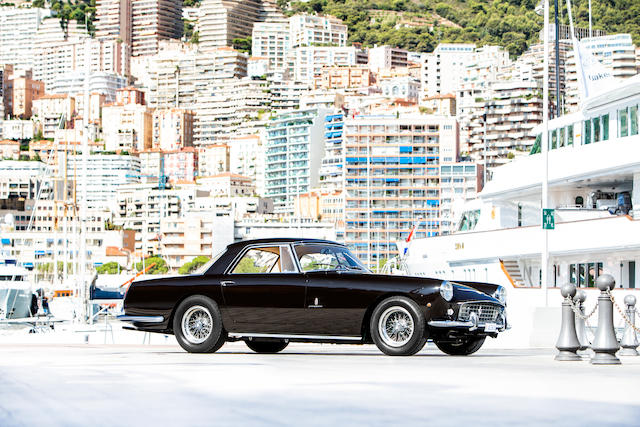
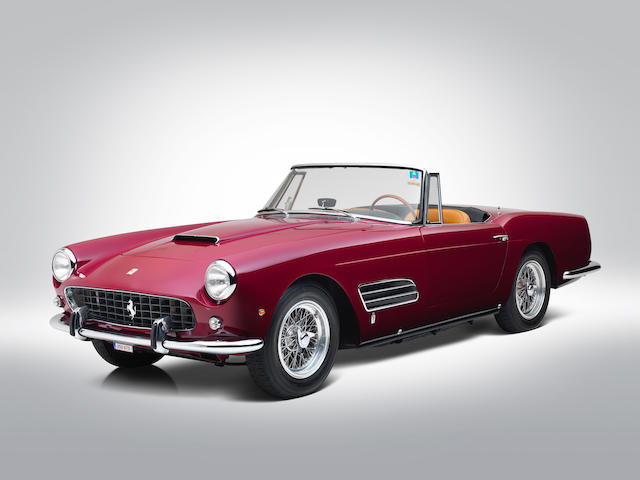
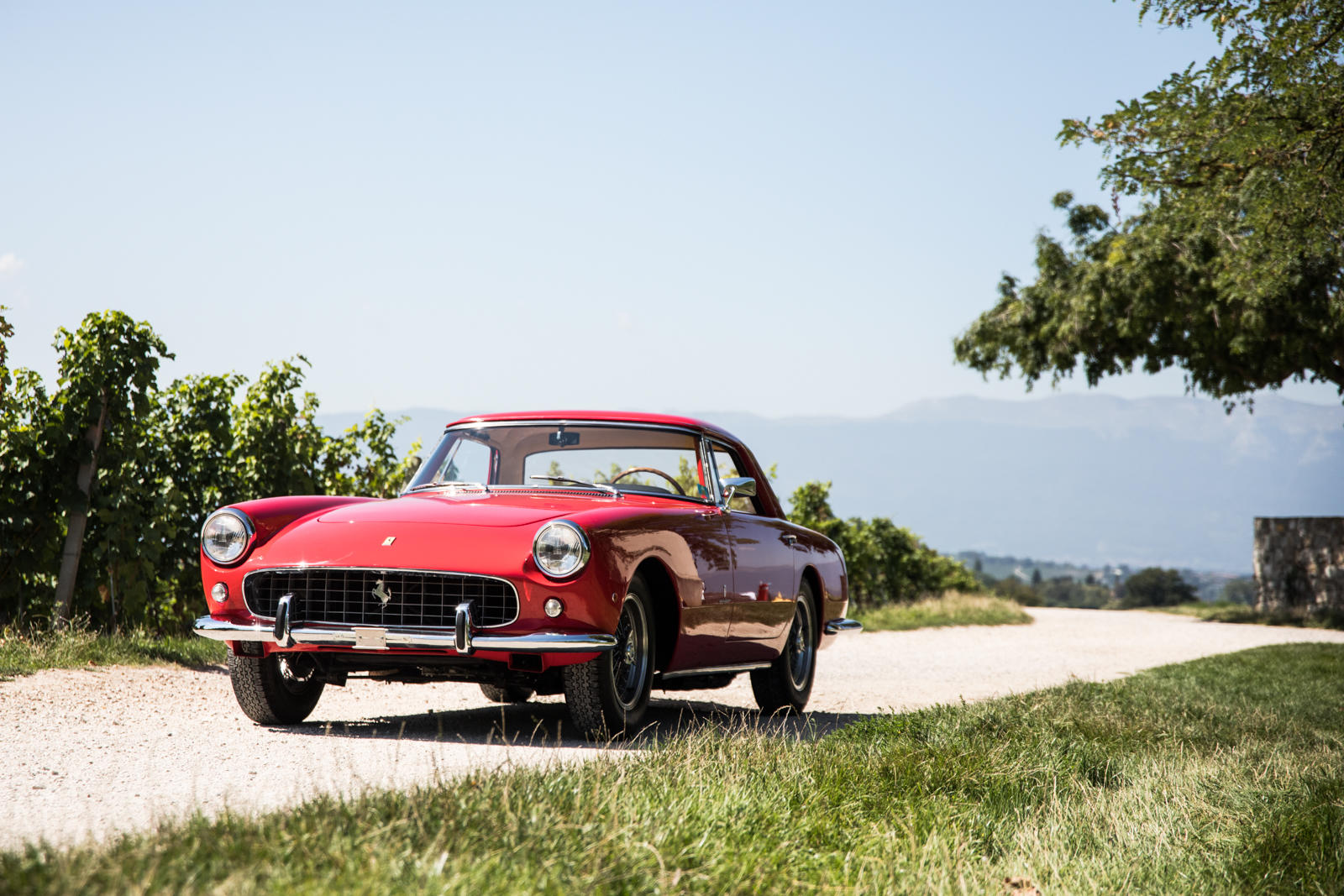
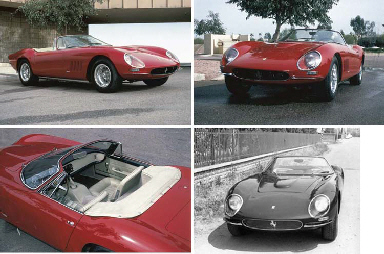





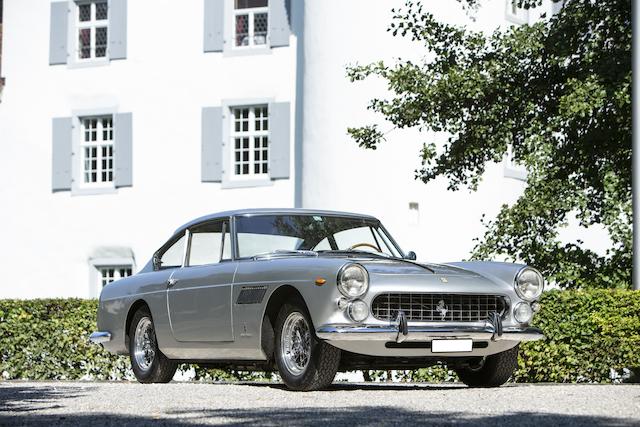
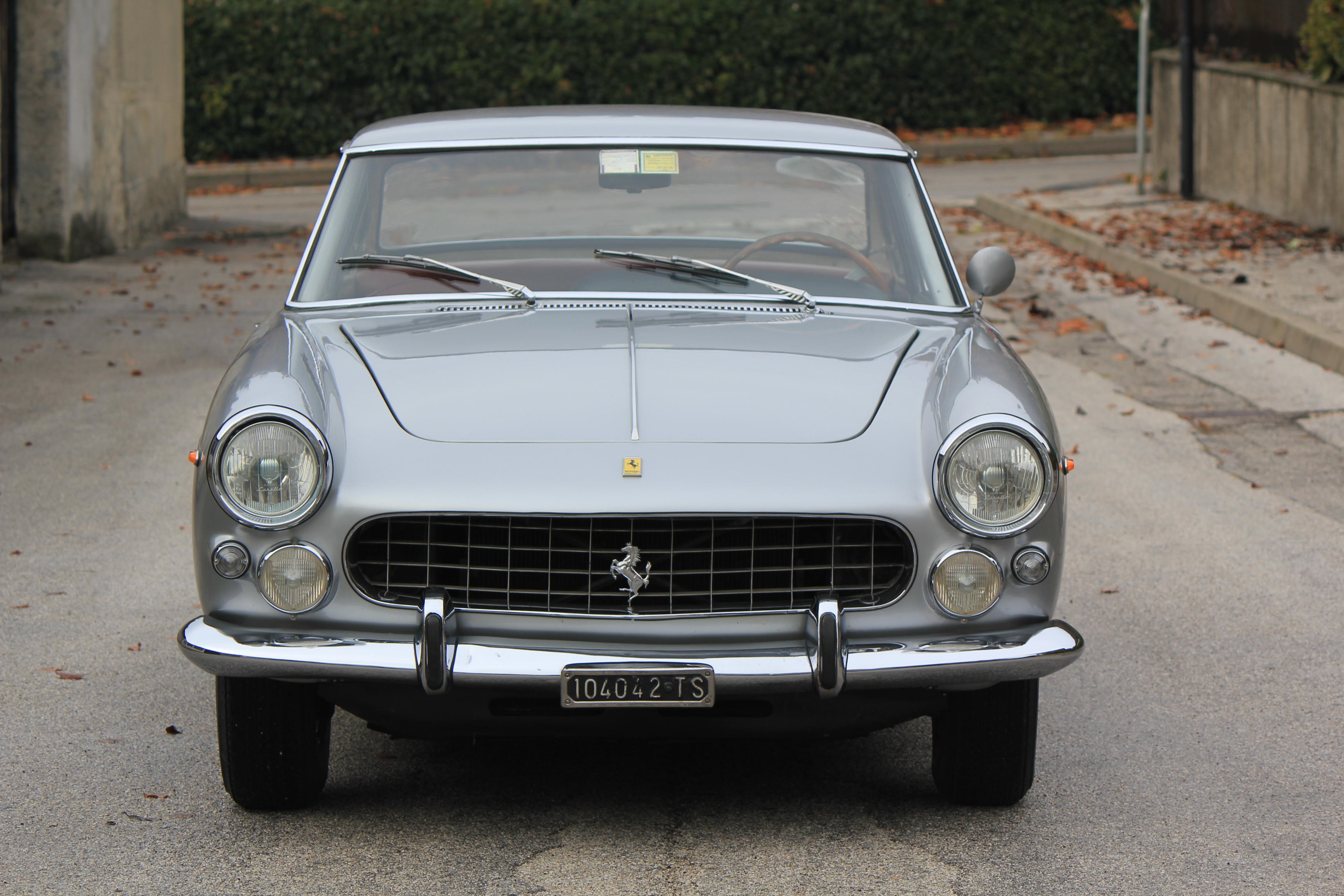

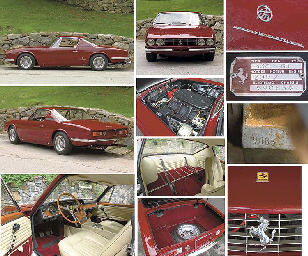

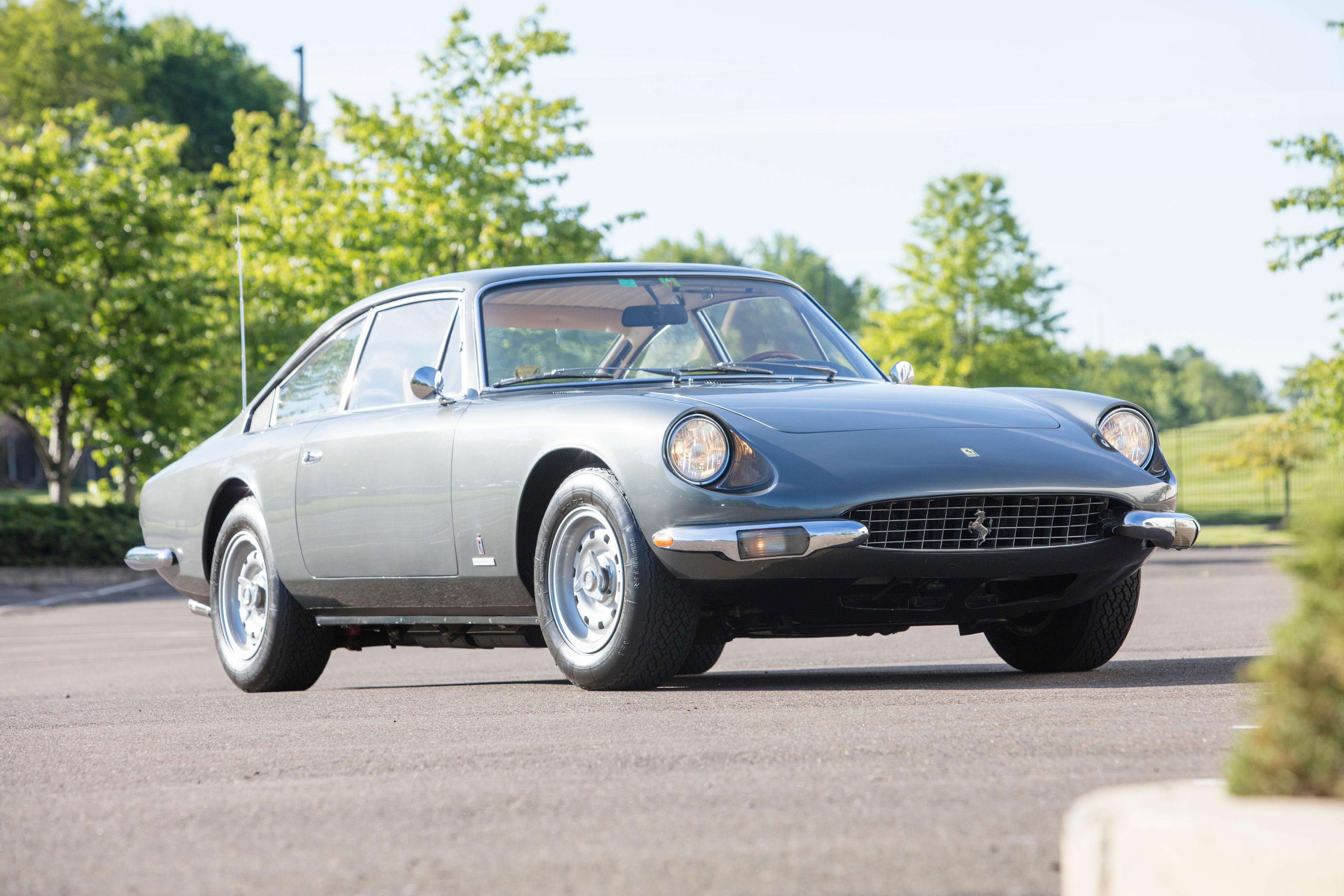
Testen Sie LotSearch und seine Premium-Features 7 Tage - ohne Kosten!
Lassen Sie sich automatisch über neue Objekte in kommenden Auktionen benachrichtigen.
Suchauftrag anlegen